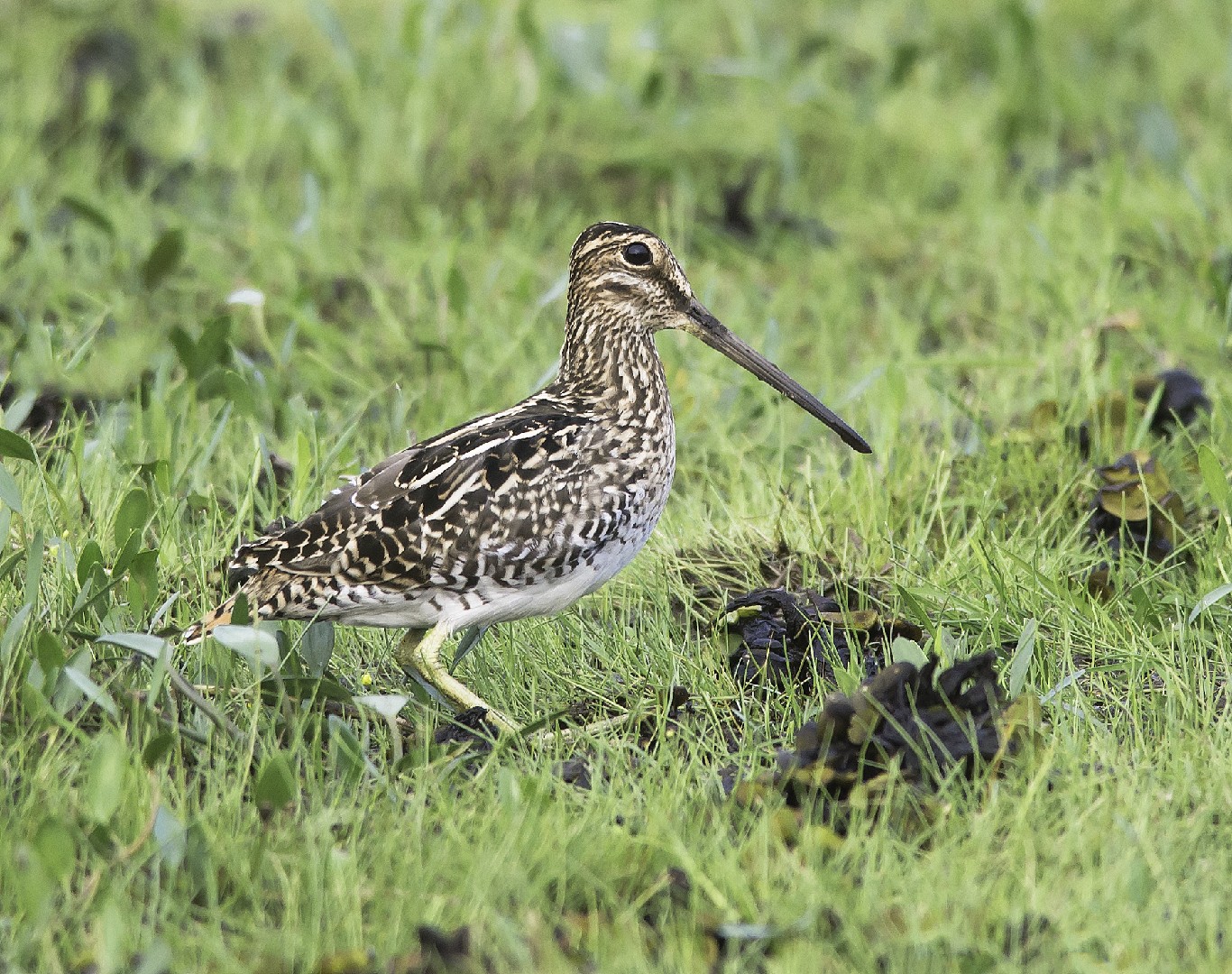Pantanal Snipe
A species of Typical Snipes and Woodcock-snipes, Also known as Paraguayan Snipe Scientific name : Gallinago paraguaiae Genus : Typical Snipes and Woodcock-snipes
Pantanal Snipe, A species of Typical Snipes and Woodcock-snipes
Also known as:
Paraguayan Snipe
Botanical name: Gallinago paraguaiae
Genus: Typical Snipes and Woodcock-snipes
Content
Description General Info
 Photo By Qwuito , used under CC-BY-SA-4.0 /Cropped and compressed from original
Photo By Qwuito , used under CC-BY-SA-4.0 /Cropped and compressed from original Description
The South American snipe or Magellan snipe (Gallinago paraguaiae) is a small, stocky wader. Its taxonomic position is complicated, sometimes treated as a race of common snipe. The Andean population is now usually considered a distinct species, known as the puna snipe. This small snipe breeds in most of South America away from the Pacific coast and eastern Brazil, and also the Falkland Islands, Trinidad and possibly Tobago The nominate lowland race G. p. paraguaiae is resident, but southern G. p. magellanicae migrates north in winter, abandoning Tierra del Fuego altogether. The breeding habitat is wet grassy savannah for the northern form, peat bogs for magellanicae, and boggy rivers for andina. The nest is a well-hidden depression on the ground. Both parents incubate the two buff eggs for about 19 days to hatching, the precocial young leaving the nest soon after hatching. The adult South American snipe is 27–29 cm in length and weighs 110 g. It has short greenish-grey legs and a very long straight dark bill. The body is mottled brown on top and pale underneath. There is a dark stripe through the eye, with light stripes above and below it. The wings are pointed. In northern South America, it is difficult to distinguish in the field from wintering common snipe, although they can be separated in the hand. G. p. magellanicae, which breeds southwards from central Argentina and central Chile is longer-winged, warmer and more buff in colour than the northern race. South American snipes forage in soft mud, probing or picking up food by sight. They mainly eat insects and earthworms, also plant material. The male performs a "winnowing" display during courtship, flying high in circles and then taking shallow dives to produce a distinctive sound. The call is a rasping tssk. 
Size
29 cm
Nest Placement
Ground
Feeding Habits
Pantanal Snipe primarily consumes invertebrates, such as insect larvae and earthworms. It forages by probing in the mud, often observed foraging alone, utilizing a method similar to its relative G. gallinago.
Habitat
The pantanal Snipe inhabits wet grassy savannas typically associated with lowland regions. These birds are adapted to environments with abundant marshy areas, making the wetlands and seasonally flooded grasslands within broader tropical and subtropical regions their ideal habitats.
Dite type
Insectivorous
General Info
Feeding Habits
Bird food type
Species Status
Not globally threatened.